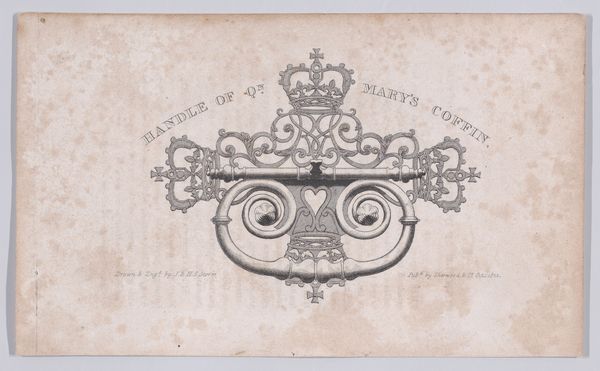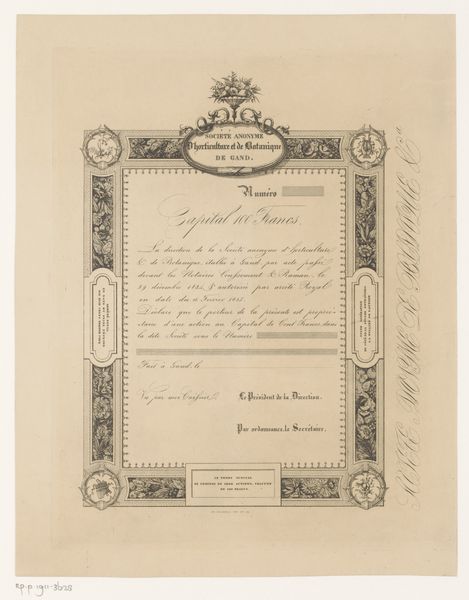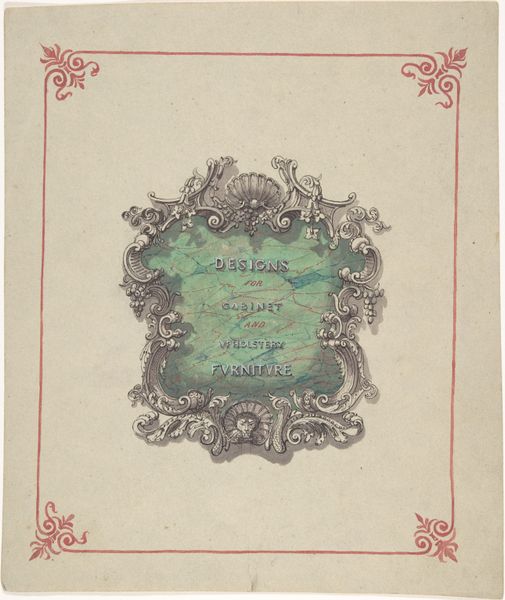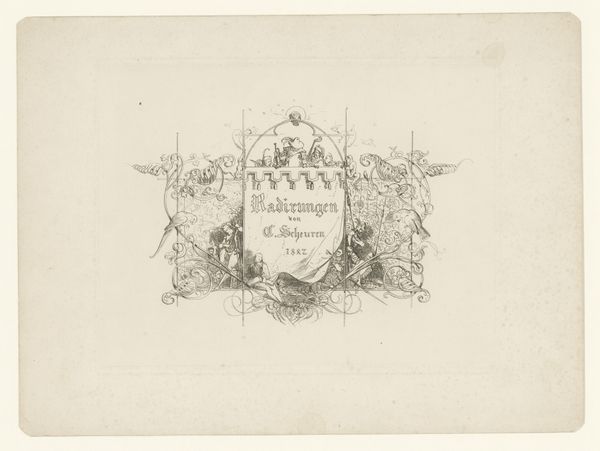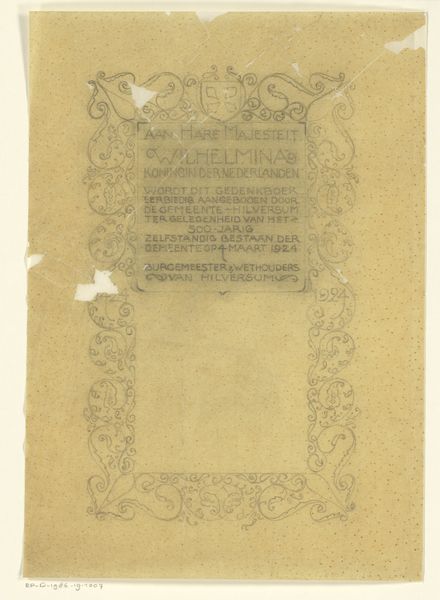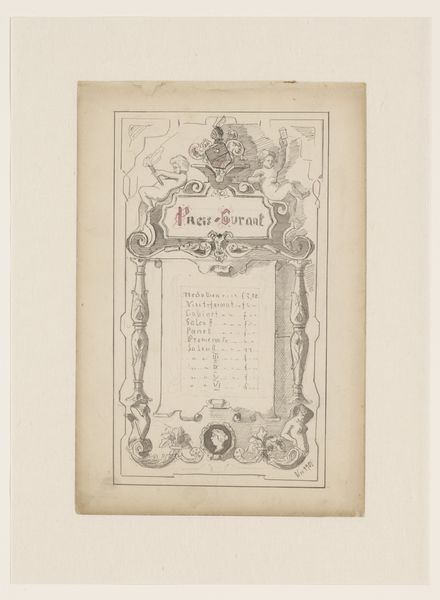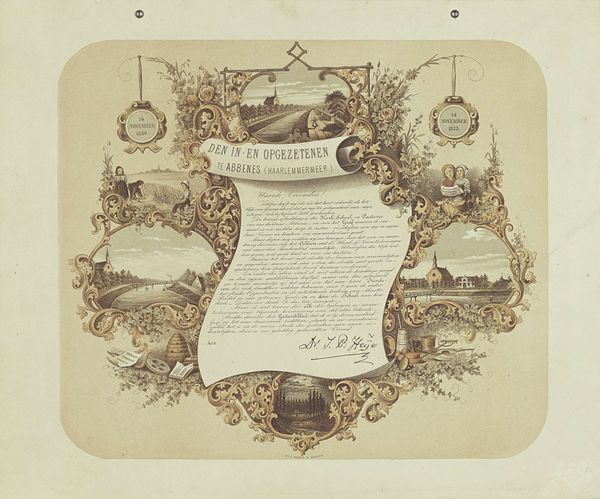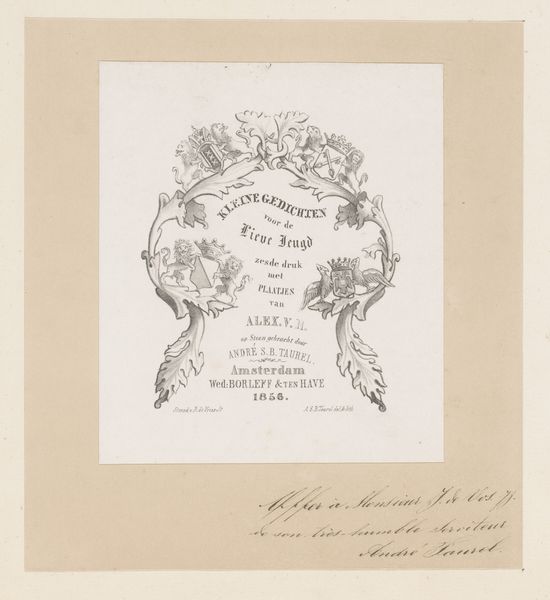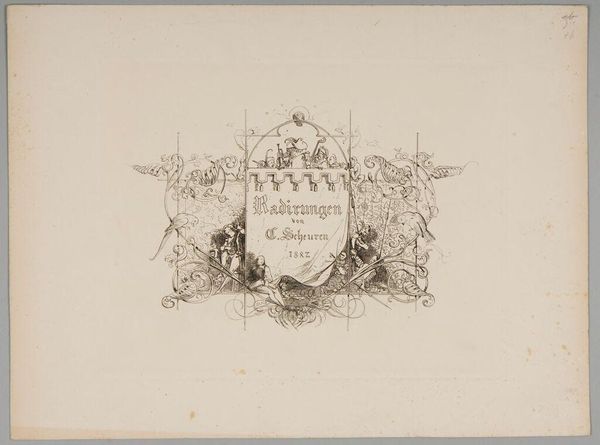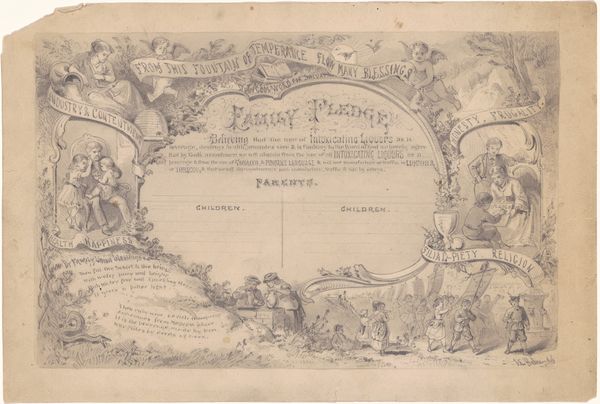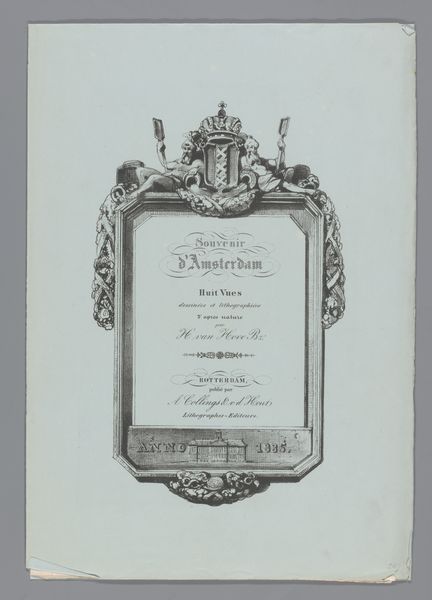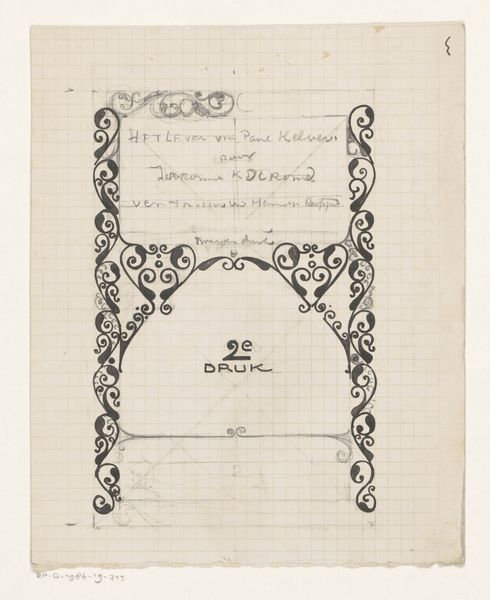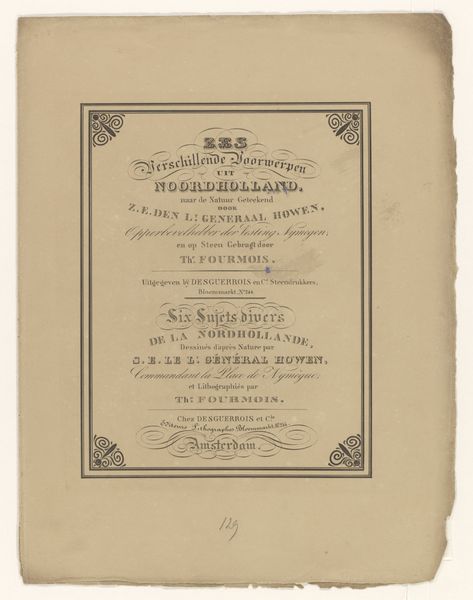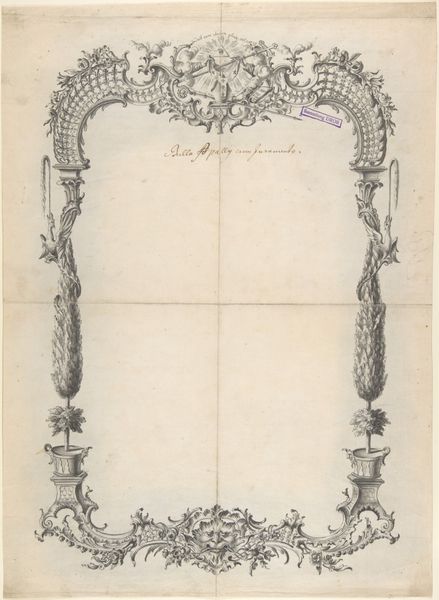
Lidmaatschapsbewijs van Willem Koekkoek van Arti et Amicitiae Possibly 1870 - 1875
0:00
0:00
drawing, graphic-art, paper, ink, pen
#
portrait
#
drawing
#
graphic-art
#
toned paper
#
light pencil work
#
ink drawing
#
shading to add clarity
#
pen sketch
#
pencil sketch
#
paper
#
personal sketchbook
#
ink
#
ink drawing experimentation
#
pen-ink sketch
#
sketchbook drawing
#
pen
#
academic-art
#
realism
Copyright: Rijks Museum: Open Domain
Curator: What a delicately rendered piece. The drawing, believed to be from somewhere between 1870 and 1875, documents Willem Koekkoek’s membership to the Arti et Amicitiae society. It employs pen, ink, and pencil on paper. Editor: There's an undeniable feeling of exclusivity conveyed in this document. You see how "membership" is privileged and enshrined in such intricate penmanship, serving to visually codify the access granted to elites like Koekkoek through these artistic societies. Curator: Absolutely. We can explore this further by noting how graphic arts served the function of validating social structures through the careful rendering of details—the specific weight of the line, the flourishes on the lettering. This wasn’t just information, it was a carefully constructed image reinforcing power dynamics. The labour involved in the draughtsmanship alone signals a deliberate construction. Editor: Yes, it's so telling that the certificate presents a landscape of art as both elevated and exclusive. Arti et Amicitiae, an important art society in Amsterdam, controlled access to patronage and exhibition spaces, essentially acting as a gatekeeper for artists of the time. Documents like this highlight art world biases then—and even now. Curator: Notice, also, how the ink drawing provides this beautiful framework composed of oak leaves. It contrasts the formality of the script, which gives a sense of both visual refinement and bureaucratic authority. The materials chosen underscore its value and permanence. Editor: Let’s not ignore the patriarchal implications of this all-male society either. Membership afforded Koekkoek credibility, yes, but it simultaneously denied that opportunity to women artists, revealing underlying gendered hierarchies within the 19th-century Dutch art scene. How do such associations inform what work gets exhibited and valued then, and subsequently today? Curator: Right. Viewing it in the context of the Arti et Amicitiae provides us with the proper lens. Knowing the provenance clarifies this image from merely a historical artifact into something far more indicative of labor hierarchies that remain obscured in much art historical discourse. Editor: I think unearthing these layers, exploring the hidden dimensions within seemingly benign artifacts, pushes us to confront how historical imbalances manifest in the modern art world. Curator: Examining how an organization functions as a space—a physical building as well as a set of values—enables one to recognize continuities, while allowing consideration of ways those values and approaches evolve across generations. Editor: It reminds us to investigate and reconsider everything.
Comments
No comments
Be the first to comment and join the conversation on the ultimate creative platform.
